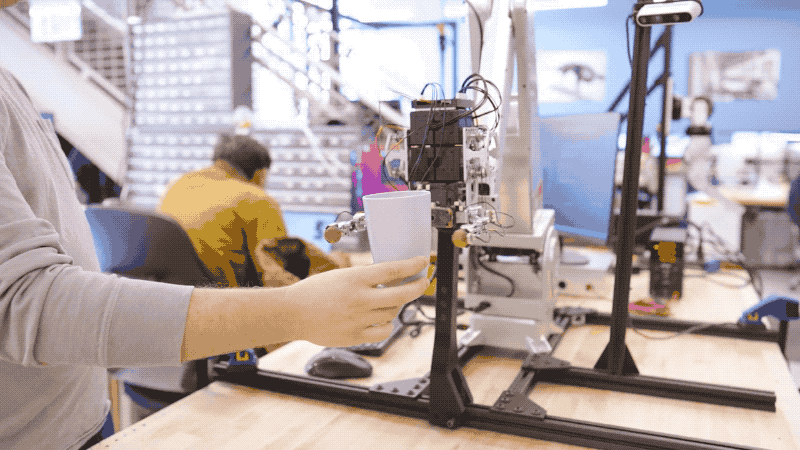A chorus I listen to from a large amount of startups is that there’s “no need to rethink the gripper.” It’s some thing I appreciate from an economic standpoint. It is pricey, useful resource intensive and both your time and dollars are almost certainly greatest spent elsewhere when there are now so quite a few effectors on the market.
I also recently made an analogy to a claw equipment throughout an interview — and obtained some pushback. I understand a little bit greater now why that’s the situation — at least in element. Discussing its new technique to robotic gripping, MIT invokes the perennial arcade preferred, noting, “When manipulating an arcade claw, a player can program all she desires. But when she presses the joystick button, it’s a game of wait-and-see. If the claw misses its concentrate on, she’ll have to commence from scratch for another probability at a prize.”

Image Credits: MIT
If you believe about that for a moment, you comprehend that you’re abruptly confronted with anything that comes up more than and in excess of all over again in this industry of review: Which is not how human beings method the task — and there is a purpose for that. If you’re say, grabbing an item with a unusual or unpredicted body weight distribution, you typically do not have to have to withdraw your hand and try out yet again. You change.
The team describes a process that adjusts to an item in authentic time, working with reflexes and feedback. States MIT:
If the gripper fails to get keep of the object, fairly than again out and start once again as most grippers do, the team wrote an algorithm that instructs the robot to quickly act out any of 3 grasp maneuvers, which they call “reflexes,” in reaction to serious-time measurements at the fingertips. The a few reflexes kick in in just the very last centimeter of the robot approaching an object and allow the fingers to seize, pinch, or drag an item until eventually it has a greater hold.
Apparently, the challenge builds on actuators designed for the school’s mini cheetah robotic, which were created to assistance it react to uneven terrain on the fly. The new procedure is developed close to an arm with two multi-joint fingers. There’s a digital camera on the base and sensors on the tips that report comments. The technique employs that details to modify accordingly.
Presently the group is working with the gripper to clean up up all-around the lab. Claims MIT:
They established a wide range of house objects on a shelf, including a bowl, a cup, a can, an apple, and a bag of espresso grounds. They showed that the robot was in a position to immediately adapt its grasp to every object’s particular shape and, in the case of the espresso grounds, squishiness. Out of 117 makes an attempt, the gripper swiftly and efficiently picked and put objects far more than 90 per cent of the time, without having possessing to back again out and begin above immediately after a unsuccessful grasp.

